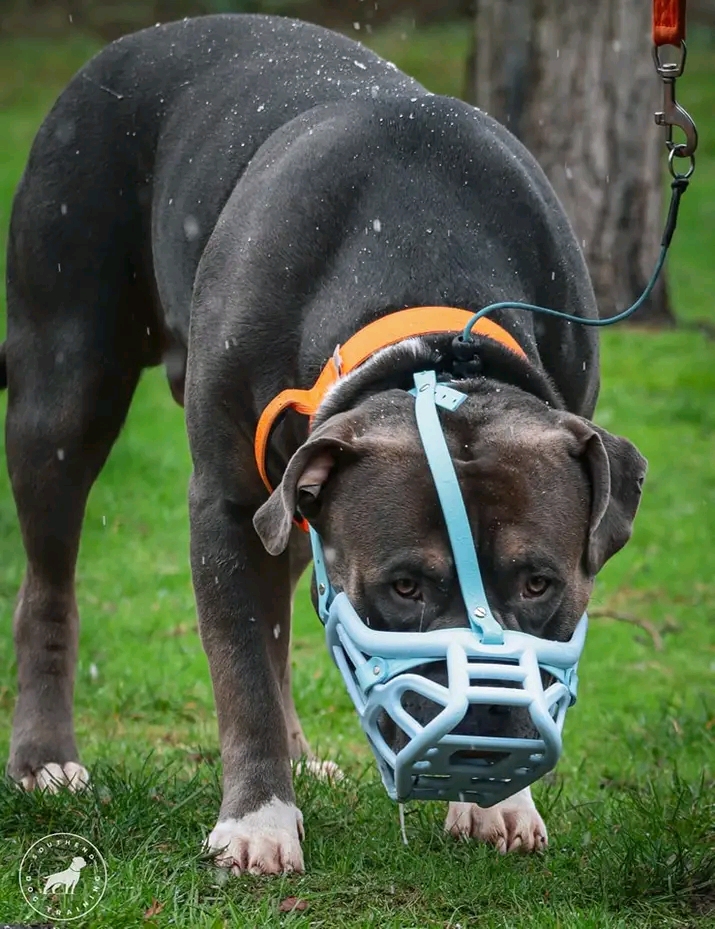Understanding Dog Psychology in Dog Training: Full Guide
Imagine being able to truly Understanding Dog Psychology in Dog Training, leading to a stronger bond and more effective training. Grasping the essence of dog psychology can transform your training approach, making it both compassionate and successful.
Thesis Statement: By delving into the intricacies of dog behavior and emotions, we can adopt a training method that is not only more effective but also kinder and more empathetic.
Section 1: The Basics of Understanding Dog Psychology in Dog Training
Understanding Canine Behavior: Dogs exhibit a range of behaviors that can sometimes be puzzling. Recognizing what these behaviors signify is crucial to building a strong relationship with your pet. For instance, a wagging tail often indicates happiness, but the speed and direction of the wag can convey different emotions. A slow wag might show hesitation, while a rapid wag to the right often signals excitement. Similarly, a dog that circles before lying down is mimicking ancestral behavior when wild canines would trample grass to make a comfortable resting spot.

Communication Methods: Dogs primarily communicate through body language, vocalizations, and various signals. Body language can be subtle yet powerful. For example, a dog with raised hackles isn’t just being aggressive; it might also be scared or feeling threatened. Vocalizations like barking, growling, or whining have specific meanings too. A bark can range from a greeting to a warning, while a growl might indicate discomfort or a need for space. Understanding these cues helps in interpreting what your dog is trying to tell you, fostering better communication.

Emotional States: Dogs experience a spectrum of emotions similar to humans, including fear, happiness, and anxiety, each profoundly influencing their behavior. A dog showing fear might cower, tuck its tail, or avoid eye contact. This fear can stem from past trauma or a lack of socialization. Conversely, a happy dog often has a relaxed body, wagging tail, and bright eyes. Recognizing signs of anxiety is also essential, such as pacing, excessive licking, or destructive behavior. Addressing these emotional states with patience and empathy can lead to more effective training and a healthier, happier dog.
Understanding Dog Psychology in Dog Training isn’t just about solving behavioral problems; it’s about building a relationship based on trust and mutual understanding. By paying close attention to your dog’s behavior, communication, and emotions, you can create a training environment that is not only effective but also nurturing and supportive. This deeper connection will pave the way for a well-behaved and content canine companion.
Section 2: The Importance of Positive Reinforcement
Benefits of Positive Reinforcement: Positive reinforcement, which involves rewarding desired behaviors, is both effective and kind. Using treats, praise, or toys as rewards encourages dogs to repeat the behavior, reinforcing the connection between the action and the positive outcome. This method builds a dog’s confidence and fosters a strong bond between the pet and owner. Positive reinforcement is also stress-free, creating an enjoyable learning environment that promotes better retention and enthusiasm for training.
Comparison with Aversive Methods: Aversive training methods, which use punishment or negative stimuli to correct behavior, can lead to fear, anxiety, and a breakdown in trust between dog and owner. While such techniques might produce immediate results, they often have detrimental long-term effects, including aggression and increased stress. In contrast, positive reinforcement focuses on encouraging good behavior rather than punishing the bad, leading to a happier, more well-adjusted dog. The positive approach not only yields lasting results but also nurtures a more trusting and affectionate relationship.
Section 3: Applying Dog Psychology in Training
Socialization Techniques: Socializing a dog effectively involves exposing it to various environments, people, and other animals in a positive and controlled manner. Understanding a dog’s psychological needs is key here. For example, introducing a puppy to new experiences during its critical socialization period (between 3 and 14 weeks of age) can significantly shape its behavior as an adult. Gradually exposing the dog to different settings and ensuring each experience is positive helps prevent fear and anxiety. Rewarding calm and friendly behavior with treats or praise reinforces that new experiences are safe and enjoyable.

Tailored Training Plans: Just as humans have unique personalities, so do dogs. Crafting training plans that cater to an individual dog’s temperament and emotional state is crucial for success. A high-energy dog might need more physical activity incorporated into its training, while a more timid dog may require a gentle, patient approach. Understanding your dog’s personality allows you to adapt training methods to suit its needs, ensuring a more effective and enjoyable experience for both the dog and the owner.
Consistency and Routine: Consistency and routine are fundamental in reinforcing positive behavior. Dogs thrive on predictability, and a structured routine helps them understand what is expected of them. Regular training sessions, consistent commands, and predictable consequences for behaviors help reinforce learning. For instance, always using the same cue for a command like “sit” and rewarding the behavior consistently will help your dog learn and retain the command more effectively. Establishing a routine not only aids in training but also provides a sense of security and stability for your dog, making it more receptive to learning and behaving well.
Section 4: Addressing Behavioral Issues
Common Behavioral Problems: Many dog owners face challenges such as aggression, separation anxiety, and destructive behavior. Aggression can manifest in various ways, including growling, barking, or even biting. Separation anxiety often results in excessive barking, whining, or destructive actions when a dog is left alone. Destructive behavior, such as chewing furniture or digging, can be both frustrating and damaging.
Psychological Roots: Understanding the psychological roots of these behaviors is key to addressing them effectively. Aggression might stem from fear, territorial instincts, or lack of socialization. By identifying the underlying cause, such as fear of strangers, owners can work on desensitizing and positively exposing their dog to new people and situations. Separation anxiety is often rooted in a dog’s strong attachment to its owner and fear of being left alone. Gradually increasing the time the dog spends alone and creating a safe, comforting space can help alleviate this anxiety. Destructive behavior can be a sign of boredom or excess energy. Providing adequate mental and physical stimulation through toys, games, and exercise can significantly reduce such behavior.
Professional Help: Sometimes, despite our best efforts, professional help is necessary. Consulting a professional dog behaviorist can be invaluable, especially for severe behavioral issues. These experts can offer specialized training techniques and insights that may not be readily apparent to the average dog owner. If aggression is extreme or if separation anxiety leads to self-harm, seeking professional assistance is crucial. A behaviorist can create a tailored plan that addresses the specific needs of your dog, ensuring a safer and more harmonious household.Understanding Dog Psychology in Dog Training
Conclusion
Summary of Key Points: Understanding Dog Psychology in Dog Training is essential for effective training. Recognizing common dog behaviors, communication methods, and emotional states allows for a compassionate and successful training approach. Positive reinforcement stands out as an effective and humane method compared to aversive techniques. Applying dog psychology in training involves effective socialization, creating personalized training plans, and maintaining consistency and routine. Addressing behavioral issues requires understanding their psychological roots and, when needed, seeking professional help.Understanding Dog Psychology in Dog Training



Leave a Reply